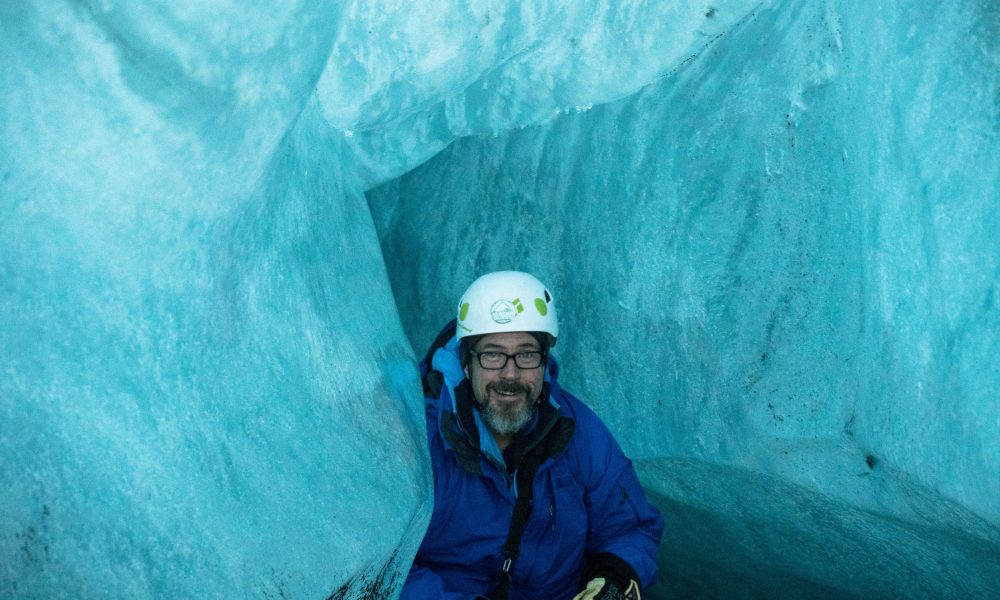

Today we’d like to introduce you to Will Nourse.
Every artist has a unique story. Can you briefly walk us through yours?
Photography and the outdoors have been intertwined for my entire life, starting with family trips to the American West and Southwest and sailing trips on the family sailboat. My father took hundreds of slides which we would eagerly review upon our return. Documenting those trips allowed us to relive the amazing experiences in places like the Grand Canyon, Arches and Yellowstone National Parks and along the East Coast from Maine to the Chesapeake.
My own experimentation with photography really began in my late 20’s as my wife and I began to travel for vacation, particularly in Europe. I was a climber, skier and hiker, so mountain photography became a real focal point, especially after I got my first digital camera in 2002.
Going digital changed everything for me. I had never spent any time in a darkroom when I worked in film, so reviewing and learning how to process images on the computer changed my engagement with the images I was taking. I began to think more intentionally about photography and continued to practice over the next decade.
I finally took the step of thinking of my photography as art and myself as an artist in 2014 when I submitted an image to a juried show at the Newburyport Art Association. Since then, I’ve had images selected in more than 30 juried shows, had a solo exhibition of my photos and participated as a featured artist in my first gallery show.
Please tell us about your art.
The opportunity to spend time in wild places is increasingly precious in our modern society. Seeing fog form in Yosemite Valley, witnessing the power of a storm at the beach, meditating on a sunset in the Rocky Mountains or feeling insignificant beneath the brilliance of the Milky Way on a clear night are activities that fewer and fewer people in the world take the time to, and are able to, experience.
While there are an ever-increasing number of photographers, there are far fewer landscape artists who express themselves through photography. As Galen Rowell wrote ‘Well-executed photos of familiar scenes predictably fill up months of Sierra Club and Audubon calendar and put bread on the table of the chosen photographer, but the question a dedicated nature photographer should be asking is, “Do I want to be a content provider or a visual artist?”
Traveling to the wild and returning with images that capture the essence of a place and the emotion that it evokes is what I do as a visual artist. This may be a grand landscape in the mountains, a storm-wracked shore or a peaceful sunset over a lake, but in each image distilling that essence and communicating it to the viewer is my objective. I am often drawn as well, to strong, graphic elements in natural images, capturing line, color or texture in natural scenes – this may be in the fractal nature of mountain shapes, newly formed ice on a puddle or contrasting light and shadow on a dune.
The dunes of the Gobi Desert provided a perfect landscape to play with line, value and texture and to experiment with different kinds of images. There are an endless variety of compositions, ranging from the abstract to the dramatic and I was lucky to spend some time there in November 2017. Although I only had a few days to explore, I was amazed by the variety of images that I could create. Similarly, three trips to Iceland between July 2017 and September 2018 gave me an opportunity to get to know the landscape well, going beyond the iconic shots and seeking out different perspectives of otherwise familiar places.
Part of the challenge and reward of photography is capturing that ephemeral moment and sharing the experience with the viewer. In landscape and nature photography, that might be first light on a mountainside, the patterns of foam on water or the layering of clouds over a landscape, but the intent is the same as that of a portrait or even a travel snapshot: ‘this is what I saw and how I felt – experience it with me.’
We often hear from artists that being an artist can be lonely. Any advice for those looking to connect with other artists?
I’ve found local art associations to be a great way to connect with other artists – not only in photography but also in other media. They often have special interest groups that meet periodically, which is a fantastic opportunity to talk with fellow practitioners, critique and get critiqued, and sometimes to put on group exhibitions. Online forums are also a good way, though I’ve found it can be difficult to build deeper relationships there.
Contact Info:
- Website: www.willnourse.photography
- Phone: 978-289-8505
- Email: will@willnourse.photography
- Instagram: https://www.instagram.com/wnourse.photo/
- Facebook: https://www.facebook.com/willnoursephotography/
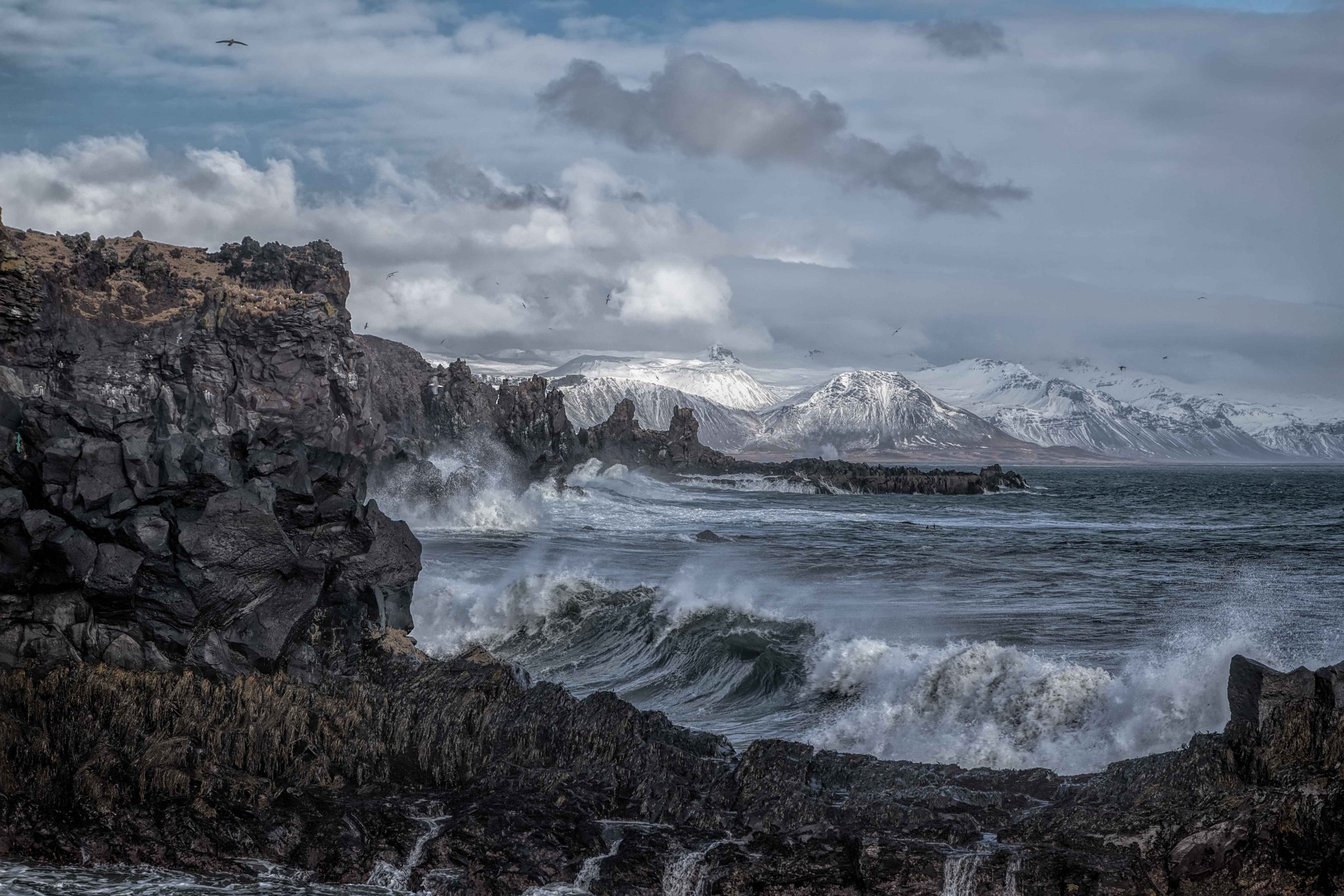

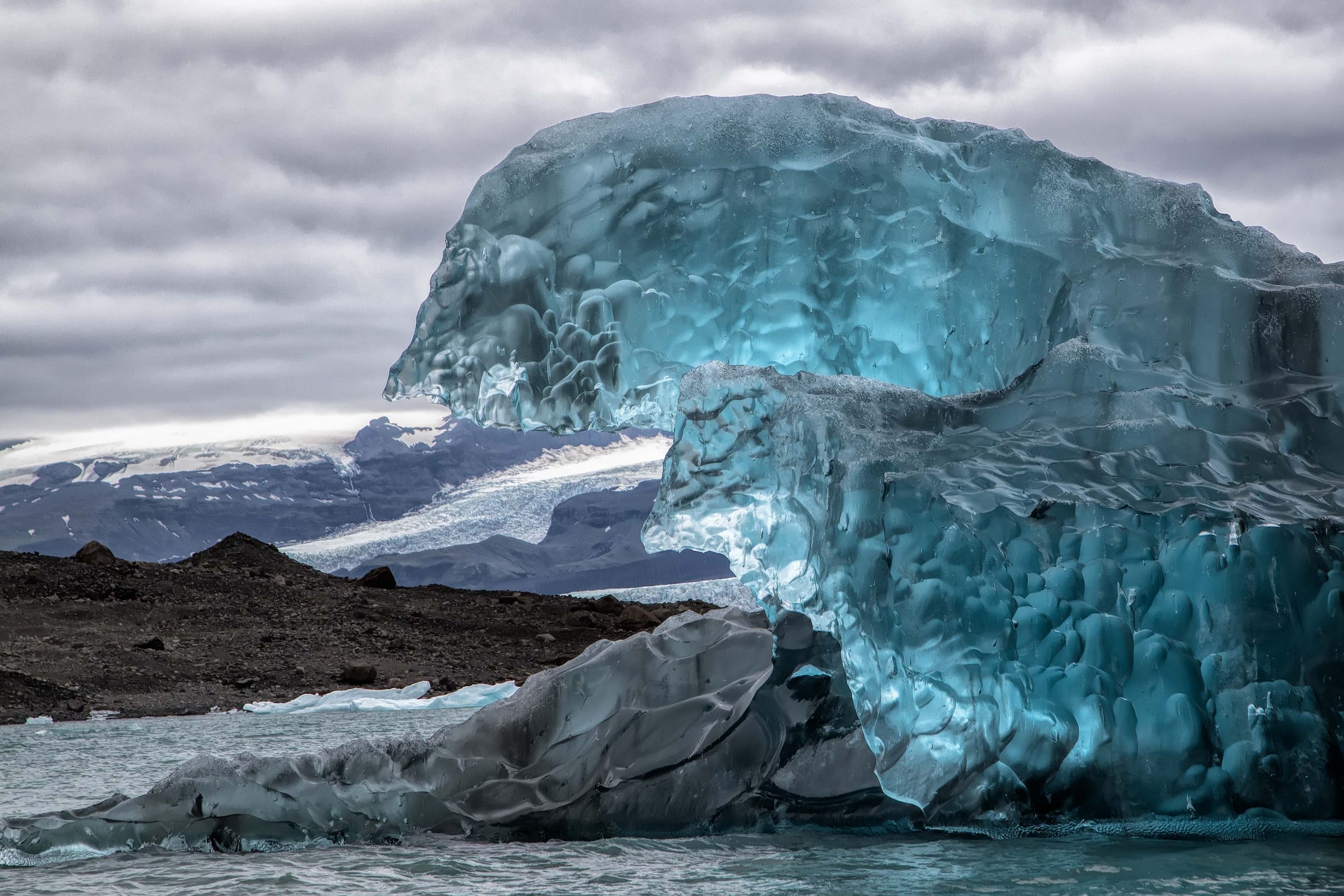
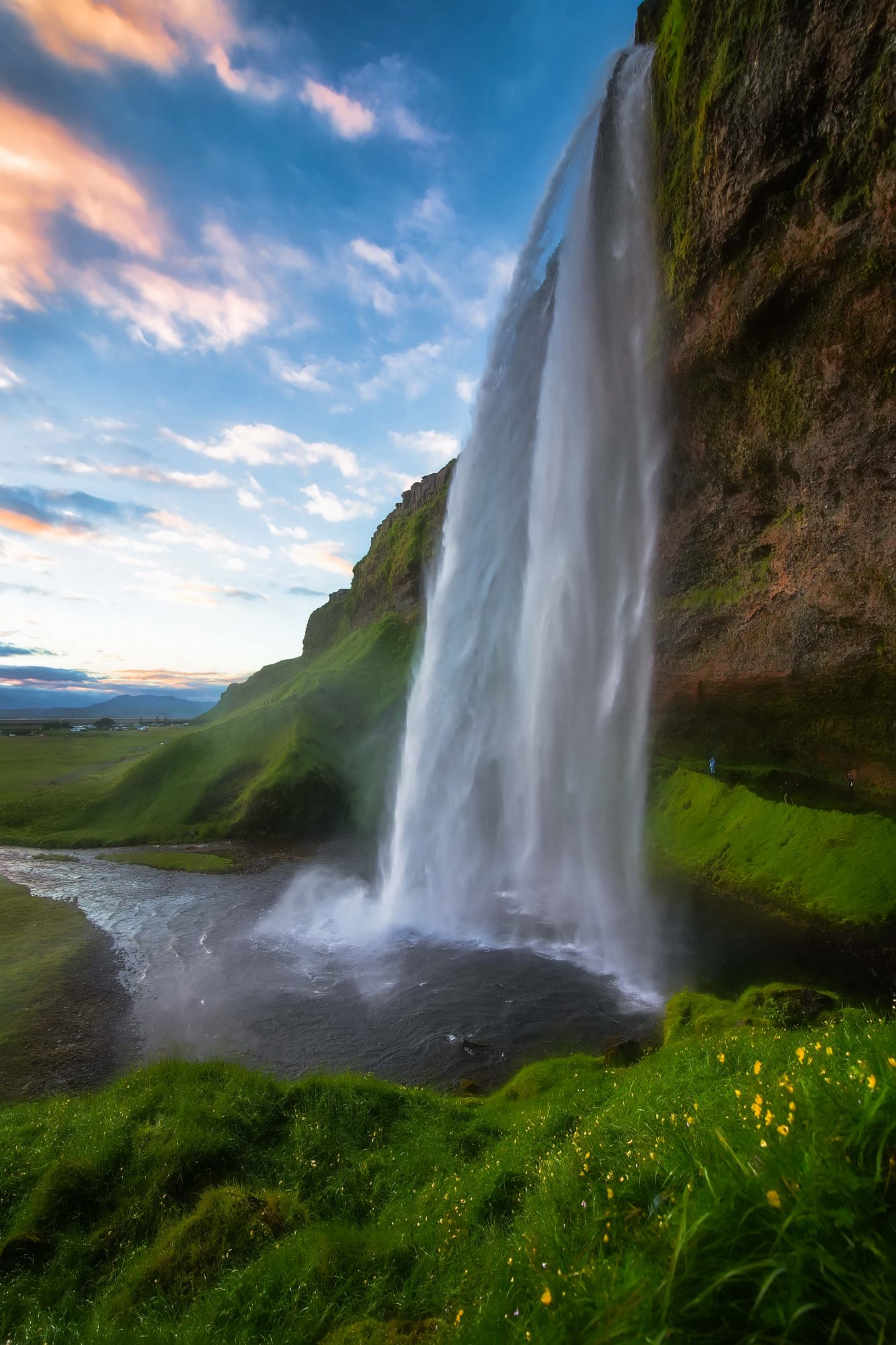
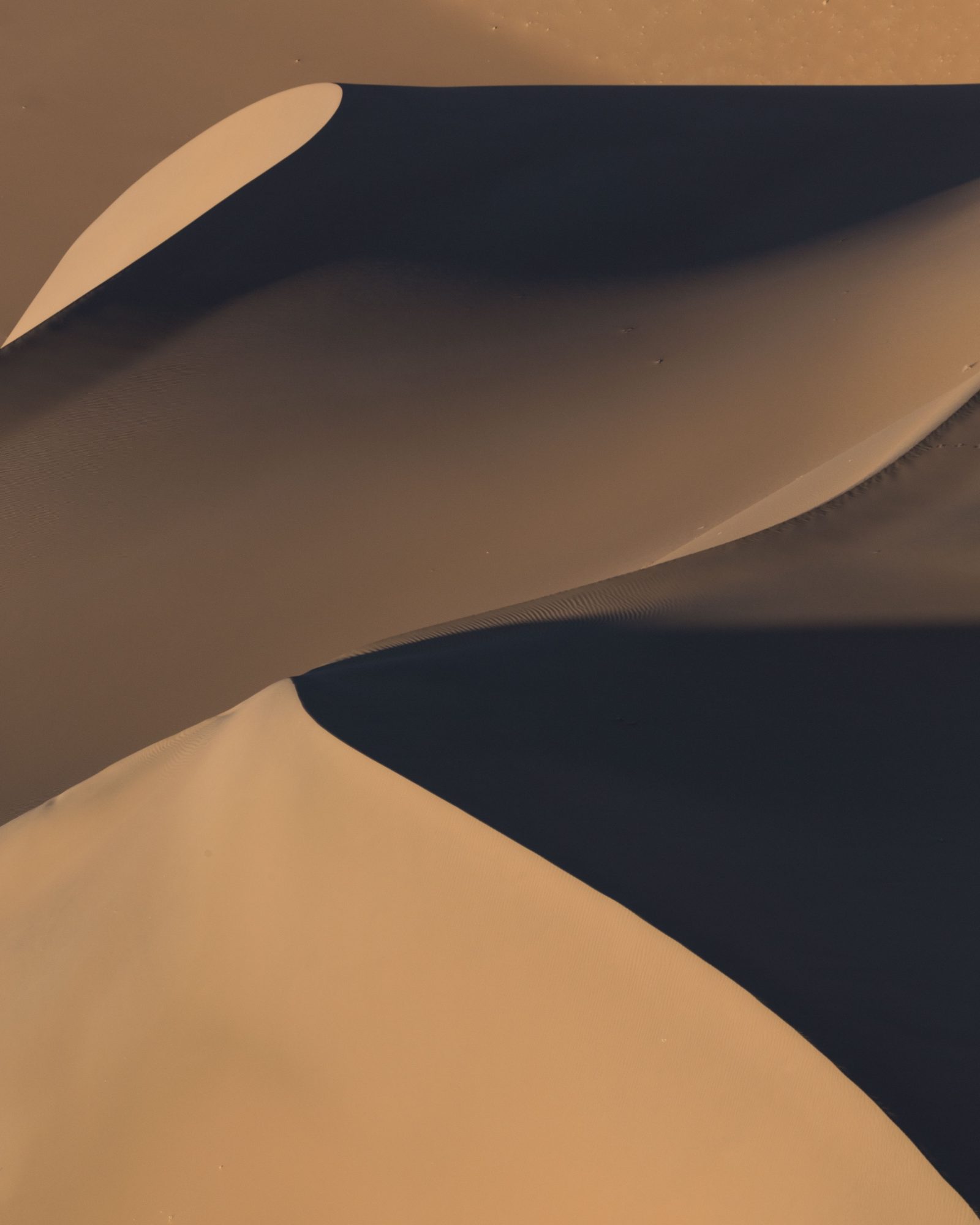
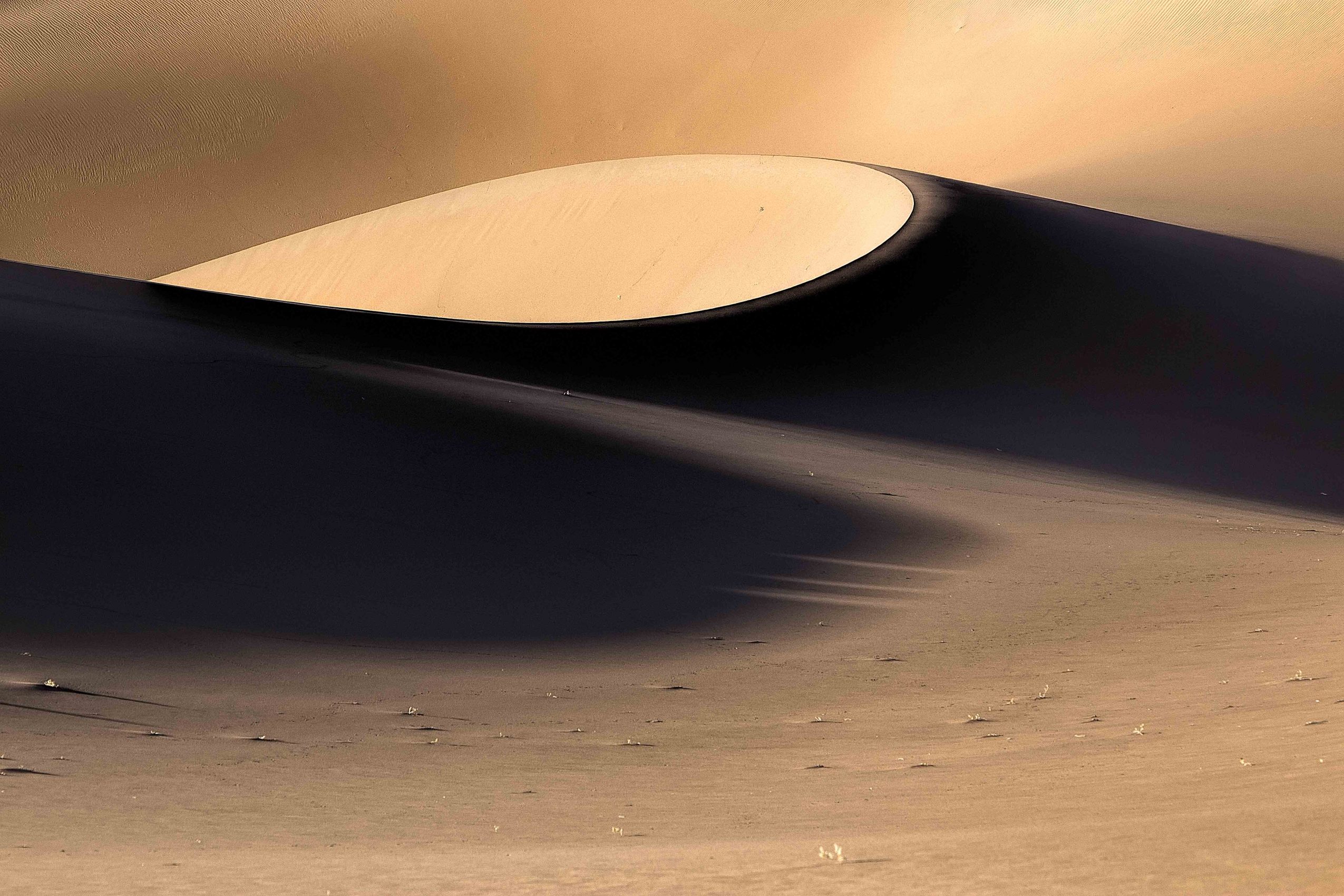
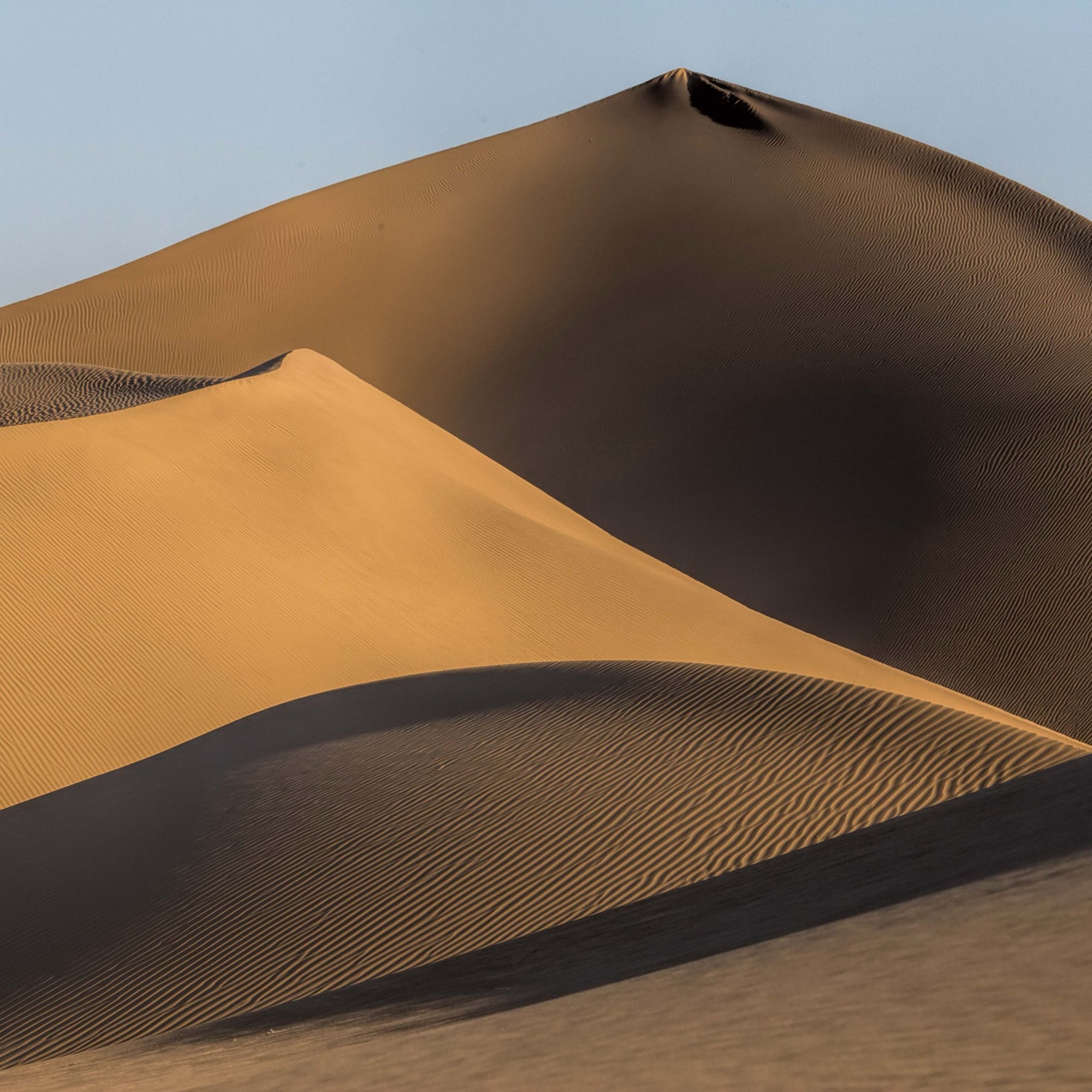
 Image Credit:
Image Credit:
Will Nourse
Getting in touch: BostonVoyager is built on recommendations from the community; it’s how we uncover hidden gems, so if you know someone who deserves recognition please let us know here.
















